If we recall unusual phenomena, it turns out that many of them are associated with stones. Nature presents people with many mysteries and secrets, and stones are perhaps the biggest of them. And if in some cases people are surprised by the rarity of the phenomenon, then with stones it also happens that it is generally difficult to explain anything. 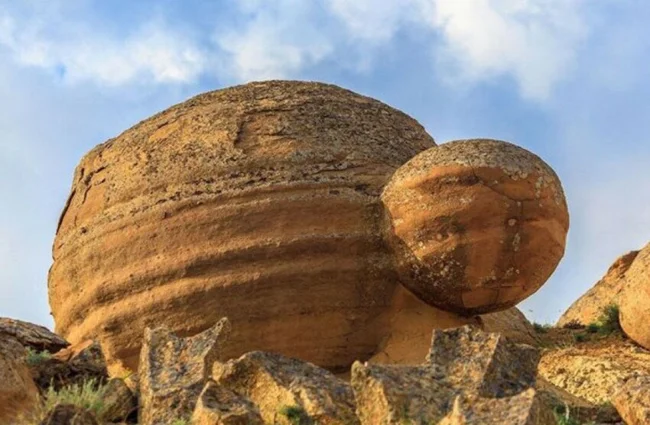
Here are three of the most unusual such mysteries associated with stones - hanging stones that do not fall despite the known laws of physics, mysterious stone balls that may be the oldest artifacts on Earth, and trovants, considered living stones that grow and even reproduce.
Hanging stones 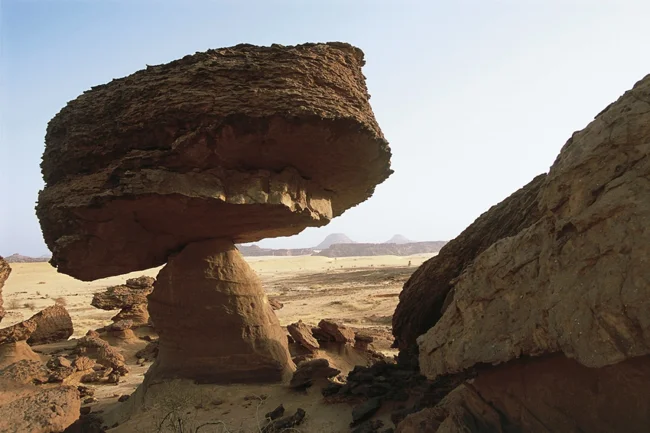
This is how a stone stands and does not fall on a stone in San Bernardino
Such stones are found throughout the planet in different parts of it. A striking example is the western part of the San Bernardino Mountains, which are located in America. Here you can see many examples at once, when huge multi-ton blocks stand on the ground with the help of thin bases.
Formally, it is believed that the reason for their appearance is that part of the material is washed out and weathered - not quickly, over centuries and even millennia. True, the spectacle itself makes you think that the known laws of physics do not apply here, and the blocks must in any case fall off their thin foundations. 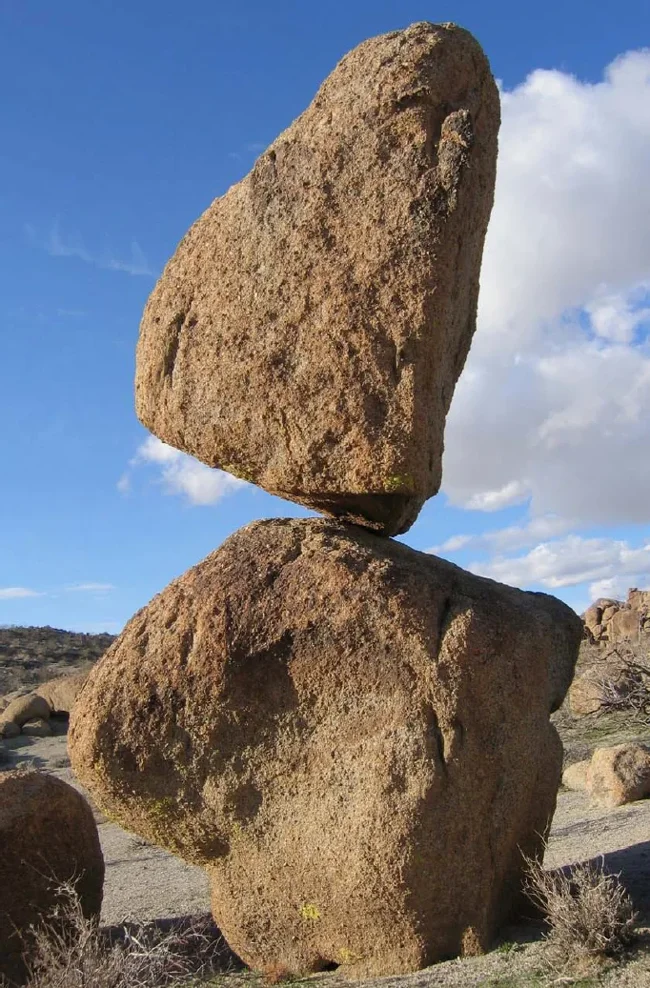
Rock balancing lessons in San Bernardino
Adding fuel to the fire is the fact that these particular hanging stones are located in a seismic zone. That is, they have withstood earthquakes many times and still have not fallen. Scientists even - strange as it may sound - personally rocked the stones and then reported on it. The stones shook but did not fall.
This has puzzled scientists - although there are other examples of hanging stones in the world that do not fall for reasons incomprehensible to humans, even if you try to push them. And in Myanmar, a similar stone became a shrine. 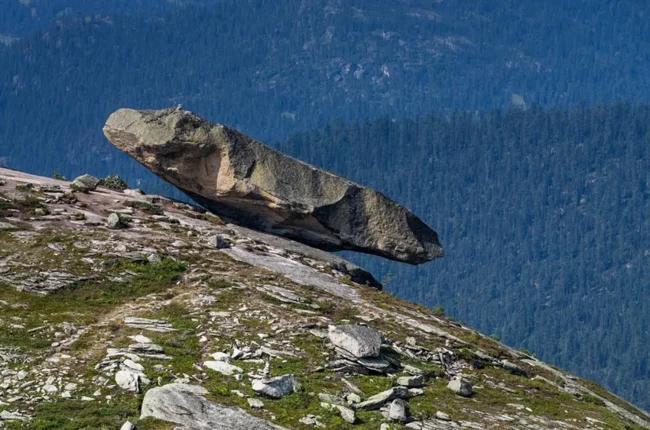
Hanging stone in Ergaki park
It is clear that there were immediately those who confidently began to explain the phenomenon of hanging stones by the skill of ancient civilizations, alien technologies and the anomalousness of the territory, which supposedly has a special magnetism. Some stated that the stones in San Bernardino are alive and therefore will remain as long as they need to.
Living stones 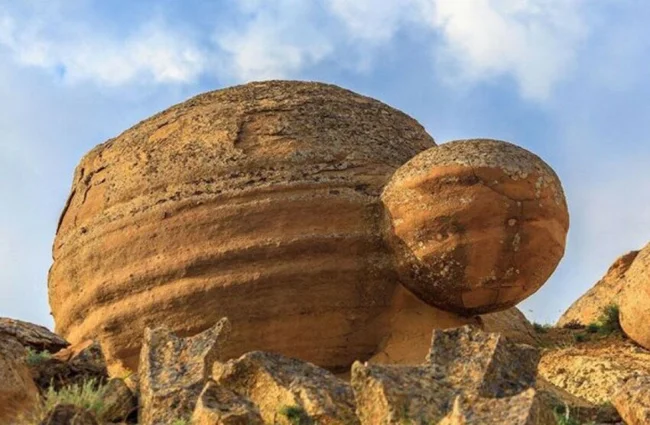
Trovants grow quite large and also reproduce
It is clear where hypotheses about living stones come from in such inexplicable cases. After all, there is an example of how stones can increase in size, move and even reproduce. These stones got their name - trovants, and they “live” in the central part of Romania.
So, how their growth and reproduction occurs looks logical, but is completely incomprehensible. It is well established that what happens to the stones is primarily related to water - or more precisely, to the rains, during which the trovants begin to increase in size. Which often and quite naturally causes them to move, which is why they say that trovants even know how to move. 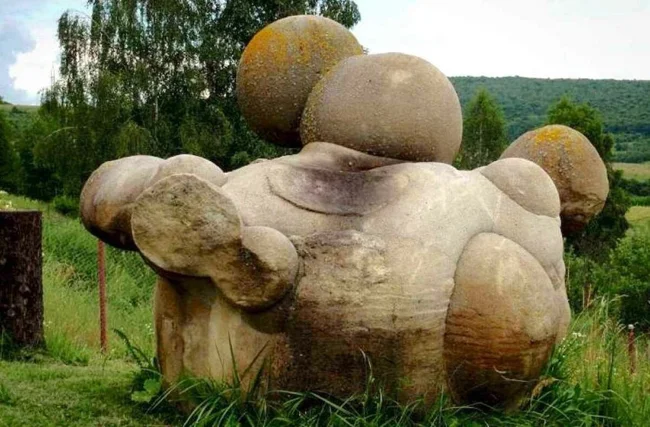
Trovants sometimes take on a bizarre shape in their growth
Thus, in a few years, a very small, inconspicuous pebble turns into a huge round stone weighing a ton or more, and sometimes measuring up to 10 meters in height. What’s interesting is that they grow faster at the first stage, but when they become large, they increase not so quickly. This is typical for many living organisms, including humans.
Scientists were even more puzzled by the fact that, as it turned out, trovants have real “annual rings” inside. Only, as far as one can understand, they correspond to the stone’s own stages of growth, and not to earthly years, as is the case with trees. At the same time, its “heart” always remains in the center of the stone, which grows in layers throughout the life of the trovant. 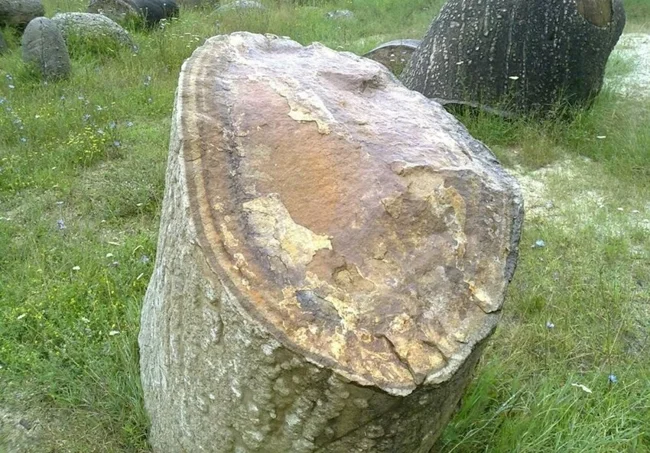
In particular, this is what “circles of life” may look like on a trovant cut
The propagation of trovants is somewhat reminiscent of budding - in some place of the stone, usually where the most moisture has entered, it begins to increase and turns into a special growth. Which then falls off from the “parent”, but, interestingly, usually has a similar structure, and begins to grow on its own. And then it produces the same trovants.
Stone balls 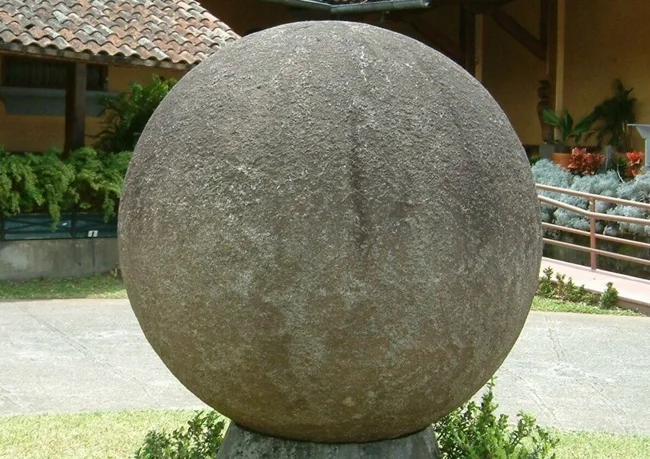
This perfect stone ball was found in Costa Rica
In different countries, sometimes unusual spherical stones are found - often it is the correctness of this shape that impresses. But it is not entirely clear whether these finds should be considered part of one phenomenon, or whether each time, in fact, scientists are faced with a new mystery.
For example, the stone balls of Costa Rica were first discovered by workers clearing the area for banana plantations. Therefore, the main version was that these balls were somehow made by representatives of the ancient peoples who once lived here. Perhaps as symbols of planets, or perhaps to indicate some kind of boundaries. 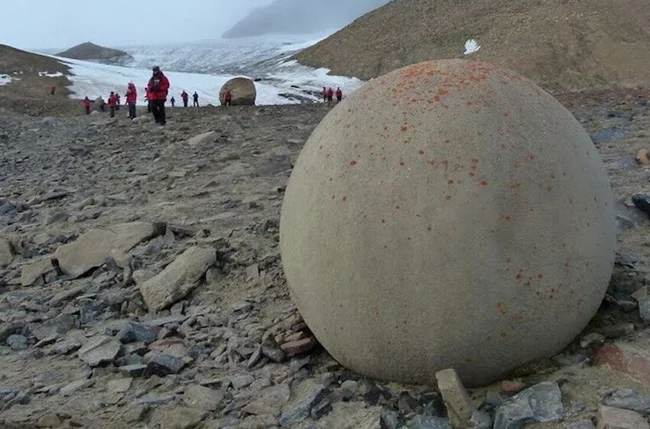
The stone balls on Champ Island can be very large
But the stone balls found on Champ Island, in the center of the Franz Josef Land archipelago, do not seem to be very suitable for such an anthropological version. Firstly, there are a lot of spherical stones here, and secondly, they have completely different sizes - from tiny “tennis balls” to huge ones, up to 3 meters high.
But scientists are baffled by the fact that the archipelago includes 192 islands, and round stones are in abundance on only one. No unique natural features that could cause the independent formation of round stones were found near Champ Island. 
And on Champ Island there are these small round stones
That’s why they still talk about people. So one version says that the balls are symbols of the sun, which were made by local residents during the onset of the Ice Age. Perhaps only this piece of land remained accessible for some time and people lived here, making balls like this - as a way to ask the solar deity for the return of heat.
0 comments
